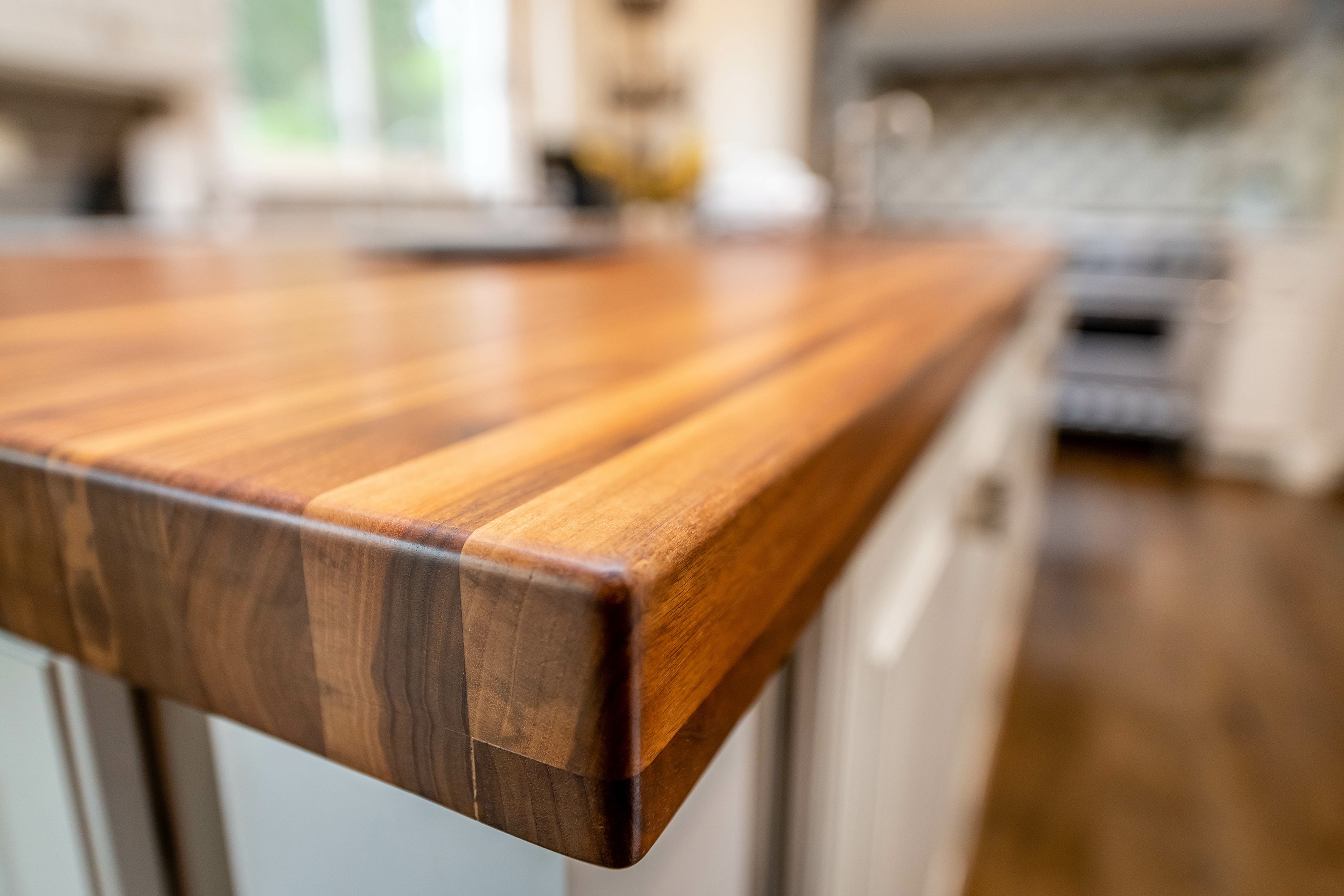
Exploring Wood Grain Types
Dive into the world of wood grain and discover the distinct characteristics of edge grain, end grain, and face grain. Explore how each grain type impacts woodworking projects, aesthetics, and functionality. Whether you're a craftsman or a woodworking enthusiast, this page offers valuable insights into the artistry of wood grain selection.
Wood Grains In Detail

Explore the Natural Beauty of Our Wood Samples:
Exquisite wood textures, colors, and grains. Our wood samples showcase the timeless elegance and craftsmanship of each unique piece, allowing you to envision the perfect addition to your space.






